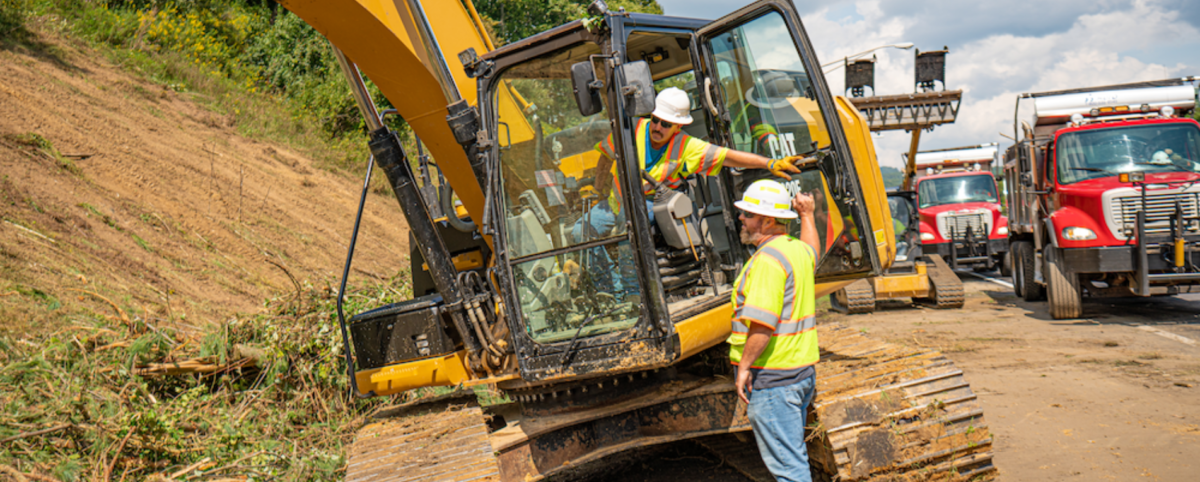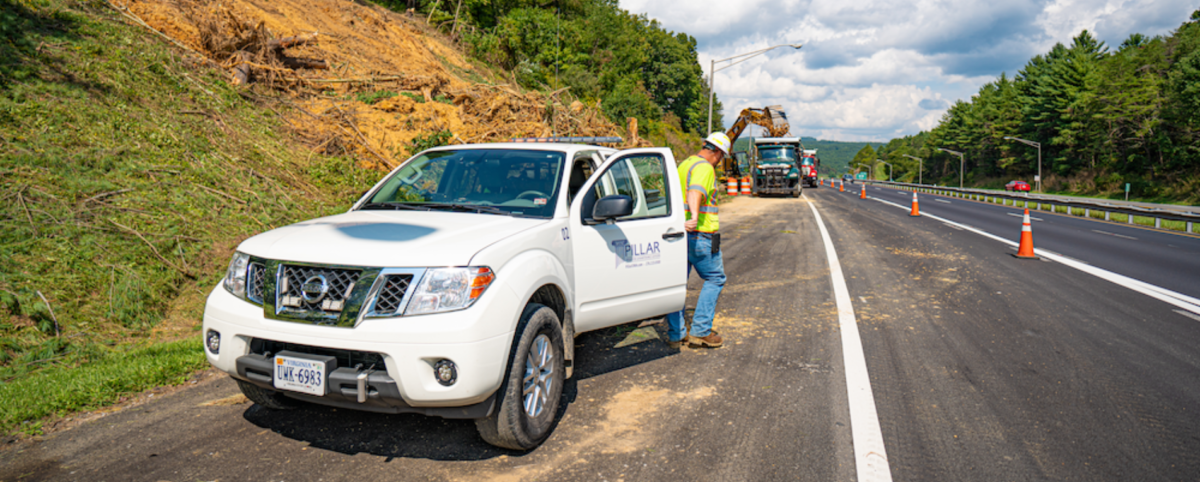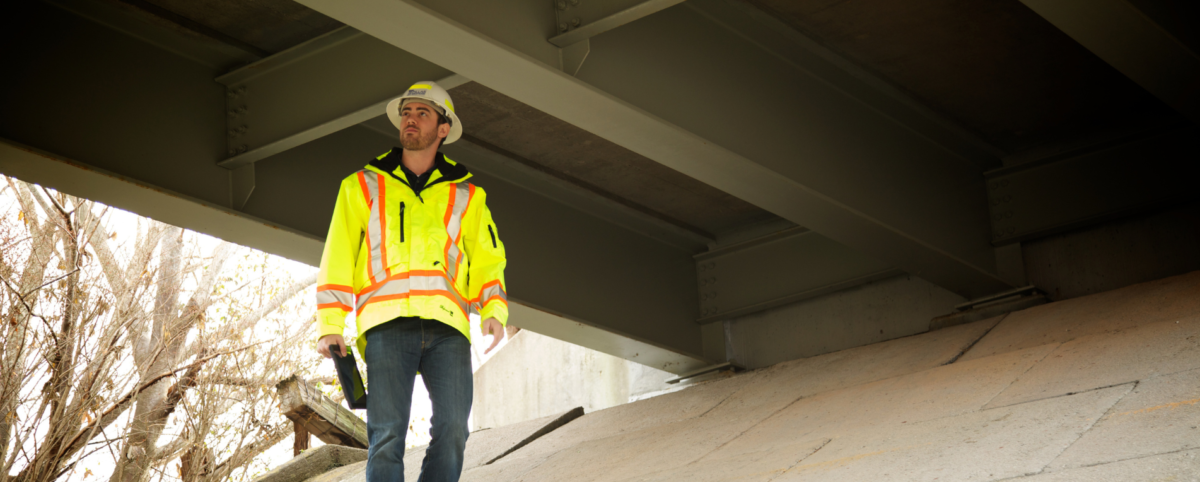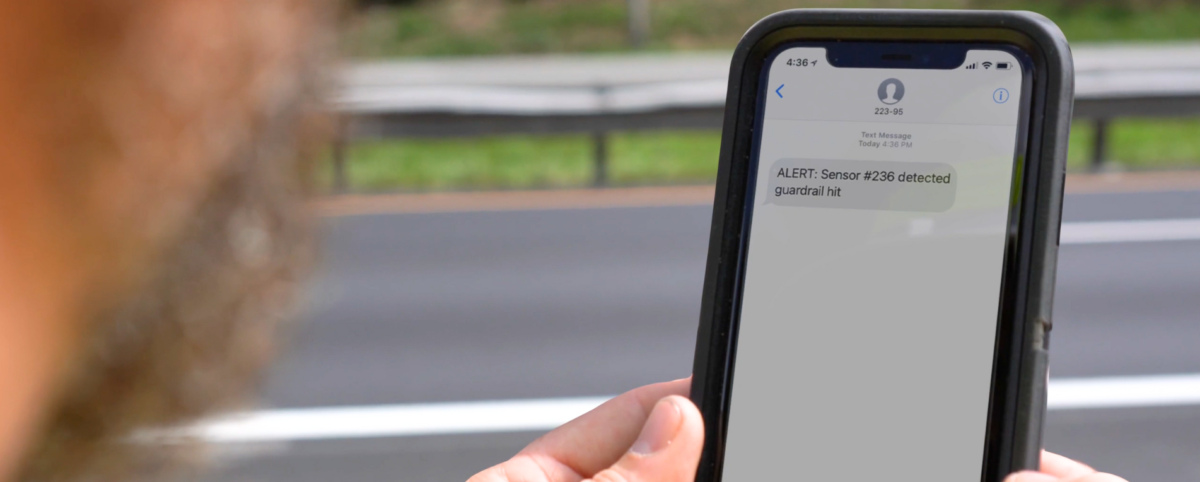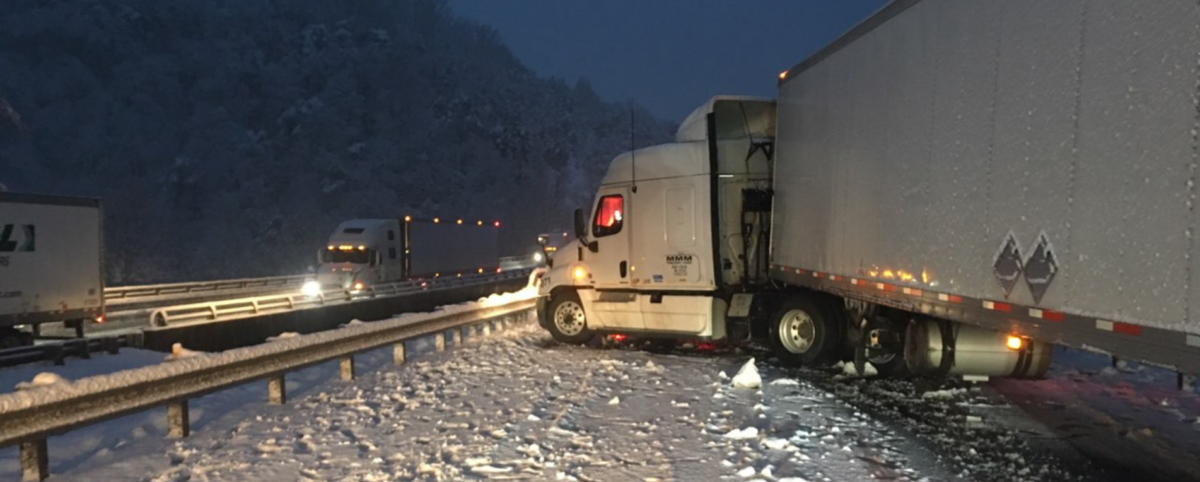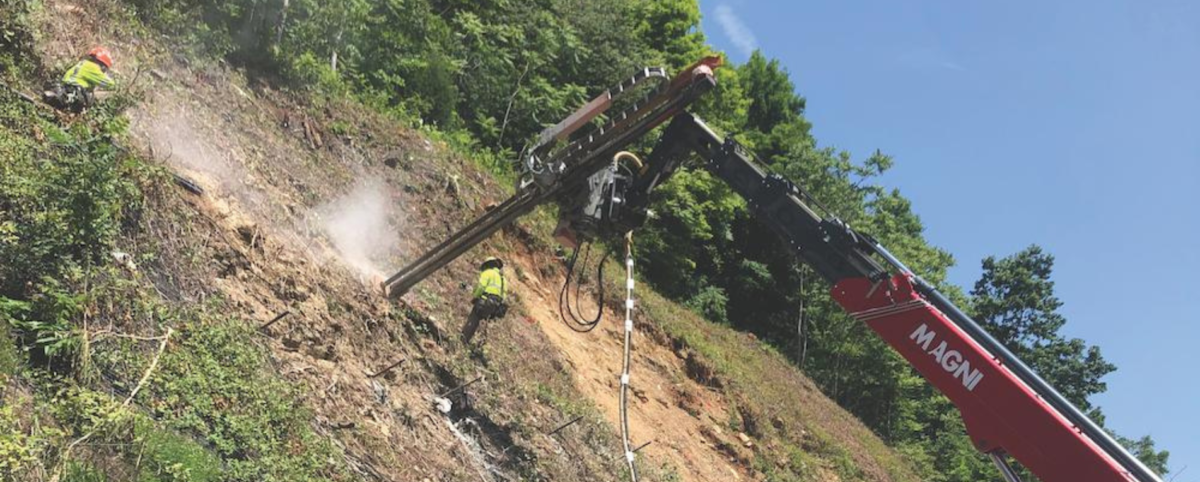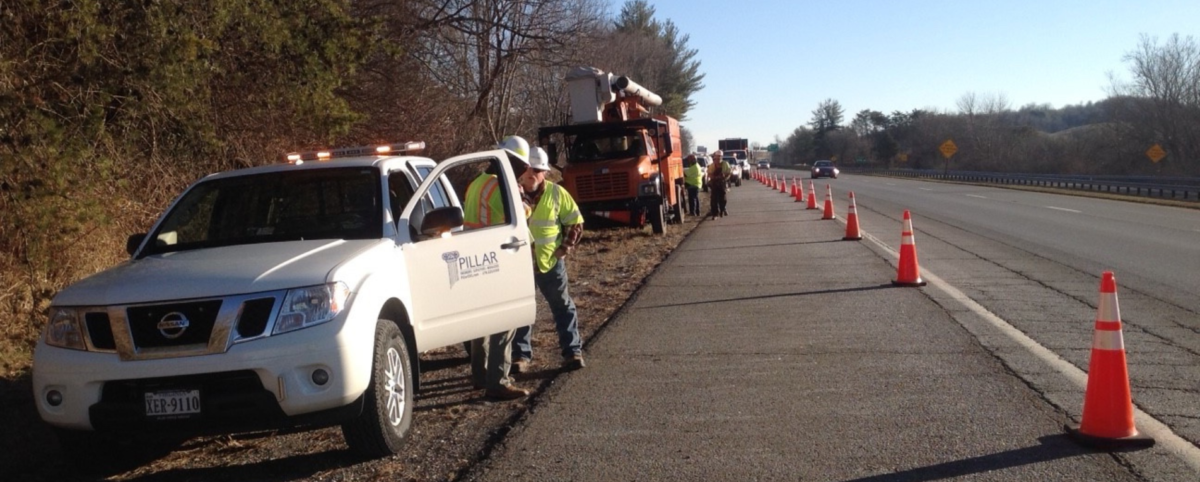Operating and maintaining complex transportation projects requires proactive planning, expertise, and the right tools for the job. Without proper preparation, you risk missing the right resources, purchasing equipment on the fly, and damaging your bottom line.
Fortunately, annual equipment budgets can help—they lower the likelihood of being caught unaware and unprepared when a crisis inevitably happens. These important tools play a crucial role in helping DOTs and transportation asset agencies optimize resources, maintain assets effectively, and ultimately save thousands of dollars.
Be Proactive: Annual Equipment Budgets Can Save You Thousands
Don’t let crisis and chance determine your equipment acquisition. A reactive budgeting strategy is costly in time, money and stress. By investing upfront time creating an annual equipment budget, you can be more prepared and save thousands each year. Here’s how:
1. Predictive Maintenance: With an annual equipment budget in place, you can allocate funds for regular maintenance and repairs of transportation assets such as vehicles, machinery, and infrastructure. Preventive, scheduled maintenance identifies and addresses potential issues before they escalate into costly breakdowns or failures. You’ll extend the lifespan of your assets and reduce the need for expensive emergency repairs.
2. Replacement Planning: Spread out the financial burden of equipment replacement by allocating funds annually. Strategic replacement planning ensures important tools are replaced at the right time and take into consideration factors like depreciation and changing operational needs. You’ll minimize sudden expenses and service disruptions and save.
3. Cost Control and Budgeting: Use your annual equipment budget to forecast expenses and set budgetary limits for each asset category. This proactive approach helps prevent overspending and budget overruns, allowing you to allocate resources efficiently and maximize returns.
4. Risk Mitigation: Allocate funds for risk mitigation measures such as safety inspections and emergency preparedness using your annual budget. By addressing potential risks proactively, you can reduce the likelihood of costly accidents and legal liabilities, ultimately saving money in the long run.
Be Smart: Turn Your Data into Savings
A budget is a forecast and a forecast is only as good as the information you use to build it. That means your data is a goldmine not just of information but also of savings. To build your budget, you’ll need to examine trends and use historical data to make informed projections about your needs. This is where PILLAR can help.
Our data analysis technology gives you data-driven insights to inform your operations. Through our tailored solutions you’ll find develop a crystal-clear concept of your future needs. We can provide you with:
- Data mining
- Data Visualization
- Business Intelligence
- Optimization
- Lifecycle costs
- Risk analysis
Do you have mountains of data, but don’t know how to make it work for you? We specialize in normalizing data to make it usable and actionable. It can take in-house and IT teams months to properly integrate systems. But with professionals at the helm, you avoid bugs, security flaws, and technical upsets, getting a functional dataset much faster so you can build your annual equipment budget with confidence.
Let PILLAR Help You Develop an Annual Equipment Budget
An annual equipment budget is a powerful tool for saving money and stress. Not only will you be more prepared and flexible if disaster strikes, you’ll save thousands of dollars when compared to a reactive budgeting strategy.
If you’re ready to see the difference a data-driven annual equipment budget makes, get in touch and learn more about how we can help.

